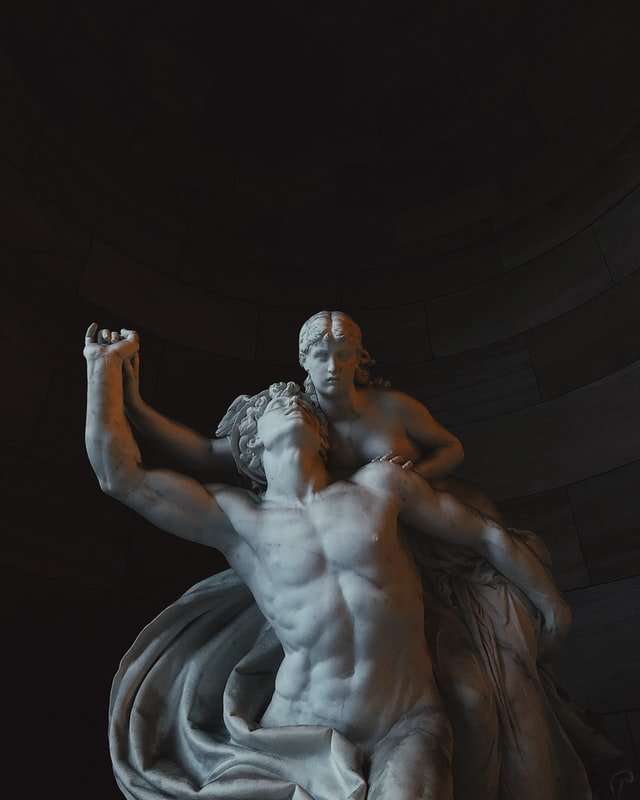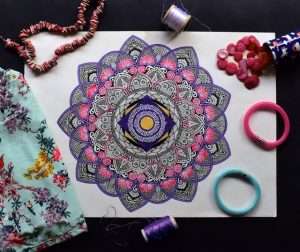There are many myths and truths about representational art. Some people argue that representational art is superior to abstract. Others argue that the two are not opposites, but rather two different existences. I intend to prove that representational art is more realistic and beneficial than abstract art.
This blog will discuss the history of representational art, where it’s been, what it has accomplished, and where it’s going. We’ll also talk about who the major players are in the world of representational art and their contributions to this realm of fine arts. Hopefully, this blog will provide enough evidence to support my thesis: Representational Art is Superior to Abstract Art.
I look forward to seeing you there!
I’ll be using the terms “realism”, and “representational art” interchangeably. This is because I find the term “realism” confusing, as it also has a specific meaning in philosophy; whereas “representational art” is a more traditional, and therefore less confusing term.
Tone matters. It’s hard to separate the idea of what representational art is from its purpose. Representational art can appear in any form, but it is most commonly seen in painting and sculpture. There are many ways to approach representational art, but for it to be successful there are some criteria that any good piece must meet.
The first of these is what we might call “Truth to materials”. This means that your piece should accurately portray whatever material you used to create it. If you paint with oils, your painting should look like an oil painting; if you use ink and watercolour, it should look like an inked watercolour; and so on.
Representational art can be divided into two subcategories: naturalism and impressionism (or romanticism). Naturalism seeks to show everything in a scene as realistically as possible; whereas impressionism aims to capture the essence of a scene in broad strokes, giving an overall sense of what the scene
The first thing you need to know about representational art is that it has a history. It’s not just an arbitrary set of rules that some people made up. The second thing is that the ideas behind representational art have changed over time.
The earliest representational art was directly useful as a tool for communicating information: it was used by hunters and fishermen and farmers to convey information about when to plant crops, or when predators might attack, and so on.
The Romans used representational art as propaganda: it served to reinforce political ideology and social norms. For example, if the current Emperor was depicted as a god, the viewer would be more likely to obey his commands. The early Christians used representational art in their catacombs, but they did so in order to get around Roman censorship: they had to say things that were forbidden in “real” art, but could do so if they wrapped it in symbols that only fellow believers would understand.
This kind of art continued for centuries (and continues today), but at some point European artists began to use depictions of nature as a stand-in for God: God created nature and therefore knew exactly what he was doing when he made trees or clouds or frogs or anything else; and man could learn from studying nature
There are three kinds of art: representational, abstract, and conceptual. Representational art is the traditional kind most people are familiar with – art that represents things we recognize. Abstract art does not represent anything recognizable; it concerns itself with the creation of an image or pattern that is pleasing to the viewer without any connection to what it represents. Conceptual art is not even supposed to be pleasing in any way; its point lies in the idea behind it, not in its aesthetics.
Artists are primarily concerned with their place in society. They wish to be famous and have other people recognize their work and value it. For this reason they will generally specialize in a particular kind of art – representational, abstract, or conceptual – and stick with it throughout their lives.
Abstract art has traditionally been thought less valuable than representational art because fewer people can appreciate it. However, there are more abstract artists than there are representational artists. This is because there are more jobs for abstract artists than for representational artists, so even if everyone found representational art more enjoyable than abstract art (which they don’t), a greater number of people would still be working as abstract artists due to greater demand for their skills.
This causes a problem for the artist: if his goal is
Art should inspire, not push an agenda. Art should represent reality, not attempt to rewrite it. Art should be, above all else, enjoyable to view and experience.
These are the mantras of modern art and the misconceptions that have led us to where we are today: a world where many people believe that art is a tool for social change, rather than a means of artistic expression. That political messages are more important than artistic ones. That the only thing that matters about a piece of art is whether or not someone finds it offensive.
This blog exists to challenge those notions by providing information about what good art *is* and why it’s worth viewing and enjoying.*
It was the early morning of the first day of spring, and I was strolling through a local park. The previous night had been bitterly cold and the ground was covered in a layer of ice and snow. As I walked past a cluster of trees, I saw some workmen breaking up the frozen ground with pick axes. Curious as to what they were doing, I walked over to them and asked what they were up to. They told me that they had been contracted by the local council to remove all of the dead wood from the trees which littered this particular area of the park. The reason given for this project was to prevent a potential fire hazard from building up.
I looked at their efforts and noticed that they were only removing healthy trees, which seemed very odd considering that these trees actually provided a cooling shade for the other nearby plants during warm summer days. Looking at their efforts more carefully, it became apparent that these men did not want anyone else to see what they were doing, so I went home and returned later in order to investigate further.
The following day I returned with my camera gear in an attempt to document what was going on as best as I could. It turned out that these men were actually removing all of the dead wood because they believed that it was
Art has a history that can be broken into stages. First there was the primitive stage, which produced art of the caliber you would find on caves or in natural settings. This type of art was very effective for its time, but it had its flaws. For one thing, it could not be mass-produced. Another problem was that it could not be easily shared with others. And because it mostly conveyed information about specific events and places, when those events were long over and those places were changed, they became obsolete.
Towards the end of this stage is when we found art made by humans that had traits similar to the art we still see today. Instead of showing specific events and places, these more abstract forms of art showed things that were true in general, such as love and war and death. This allowed them to endure longer than their predecessors because they were not tied down by specific situations in the past or present. It also allowed them to be used for various purposes such as telling stories and teaching lessons about life and what to expect from others in society.
The final stage began when artists started using new technology to create better representations of their ideas through painting, drawing, photography and film. These mediums allowed us to see things we have never seen before and


